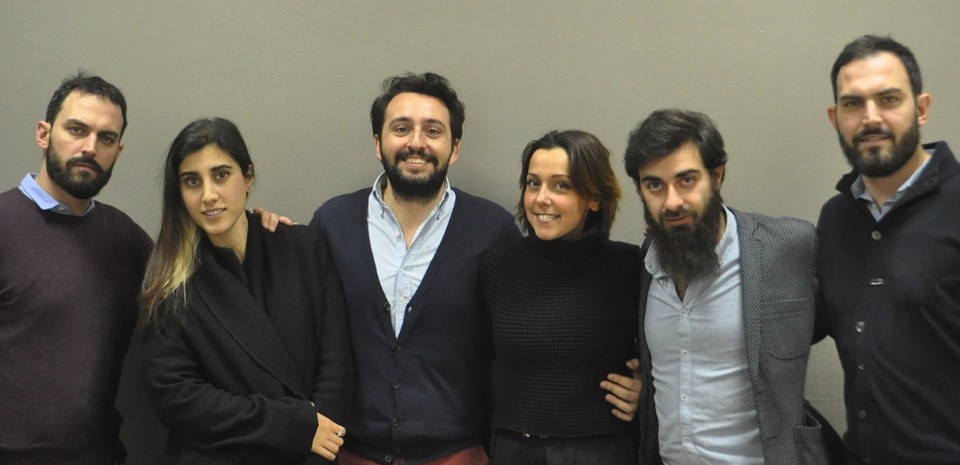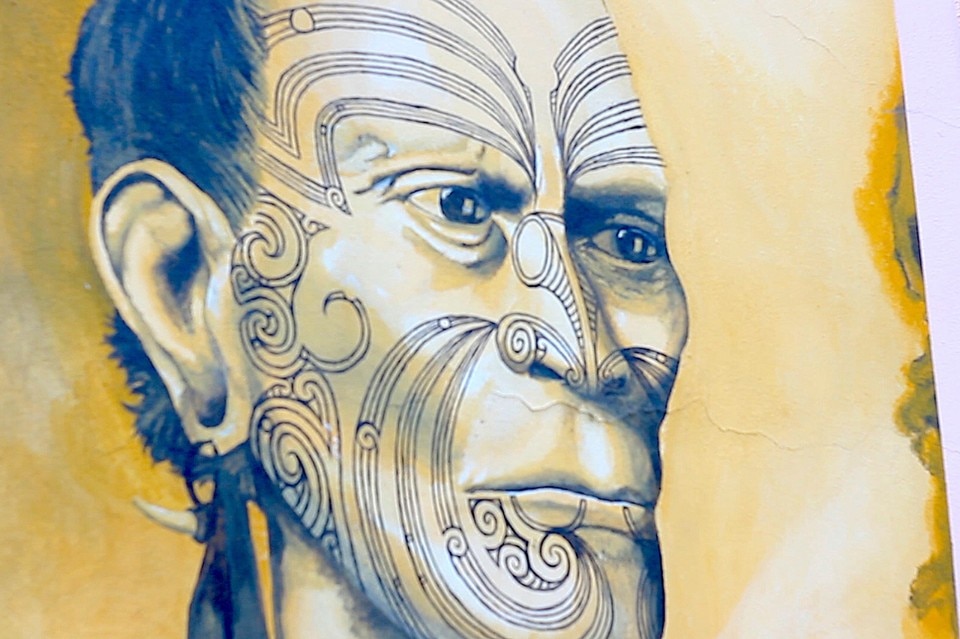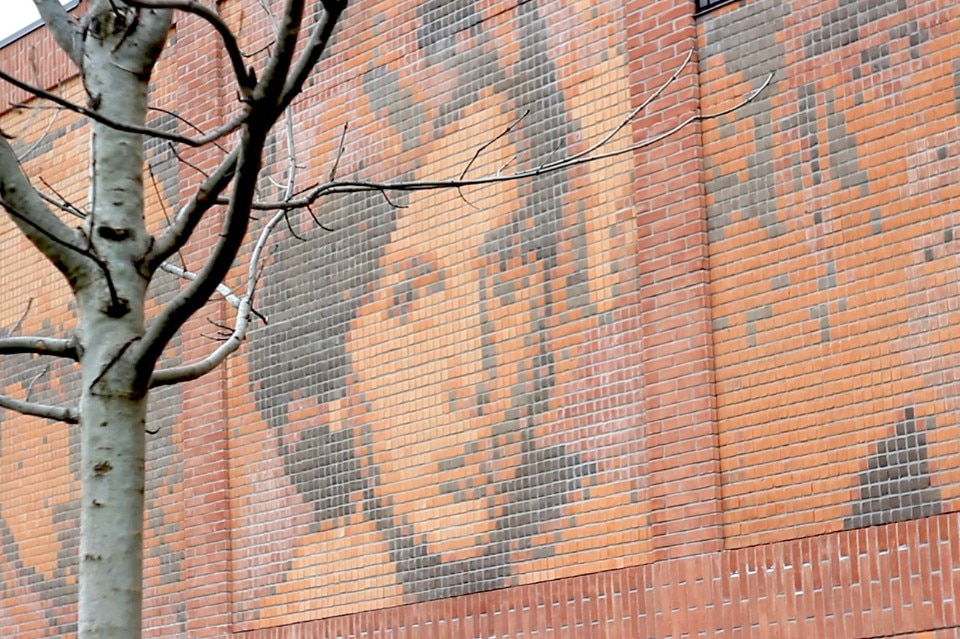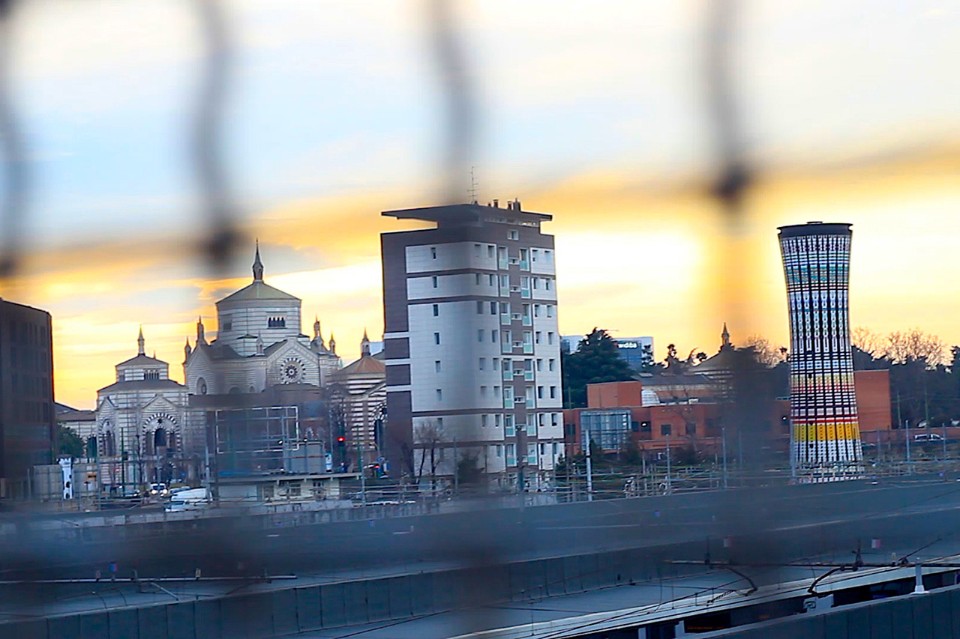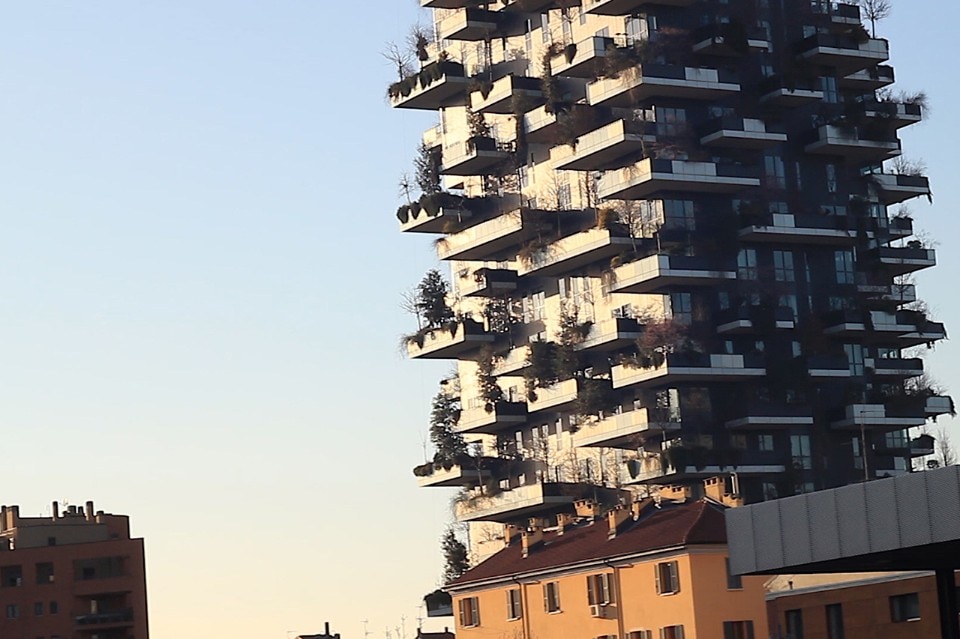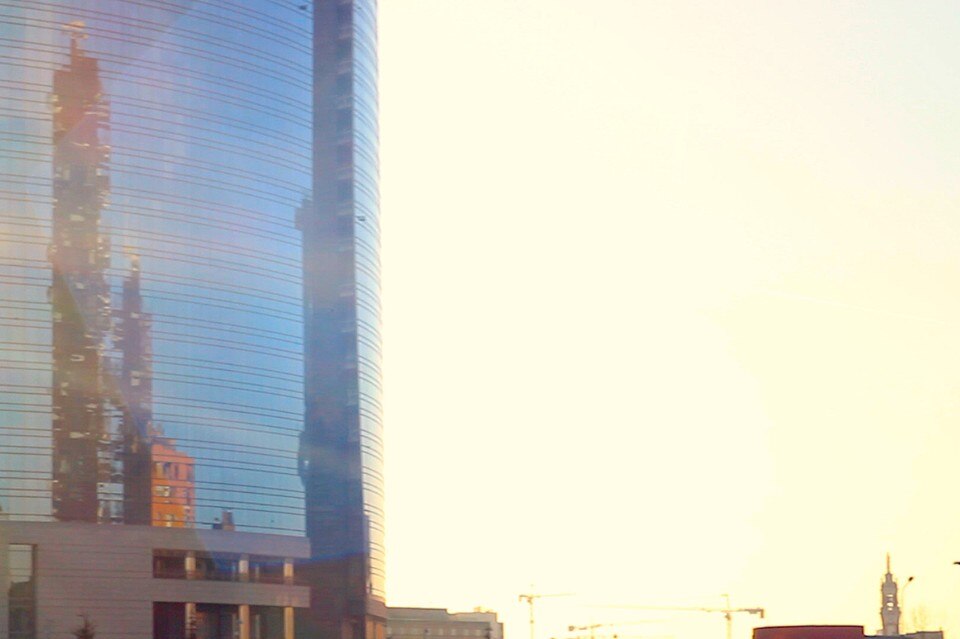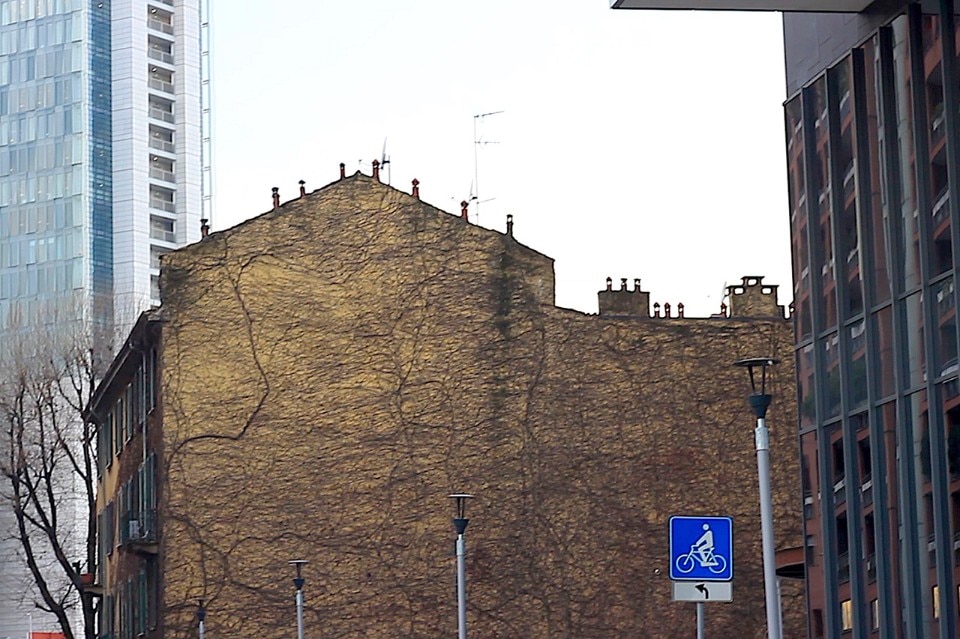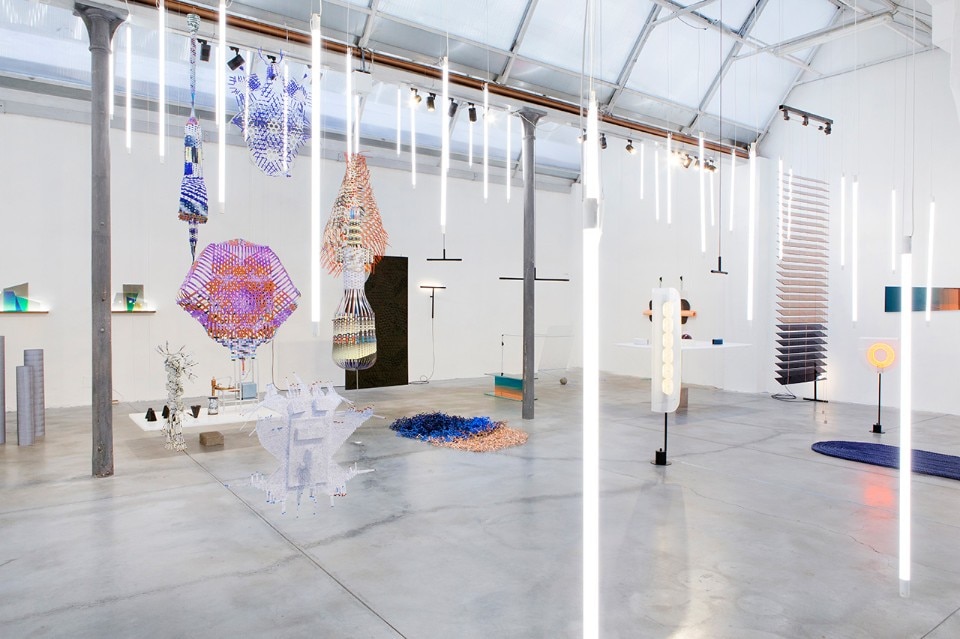The programme itself meanwhile mixes technological experimentation, the revival of artisan traditions and international presences in keeping with the multi-faceted spirit of the area, where all aspects live alongside one another. The aim? To highlight how the hybridisation of aspects that seem to be irreconcilable can instead constitute an added value. Not to be missed are the collectives of Dutch Invertuals at Spazio O, Source at Frida and Haigo at the Galleria Ostrakon, as well as the chair designed by Kensaku Oshiro for the Nizza restaurant of top chef Keisuke Matsushima.
Gabriele Cavallaro, creative director of Blank, and Emilio Lonardo, graphic and interior designer, describe the planning of the first edition of Isola Design District.
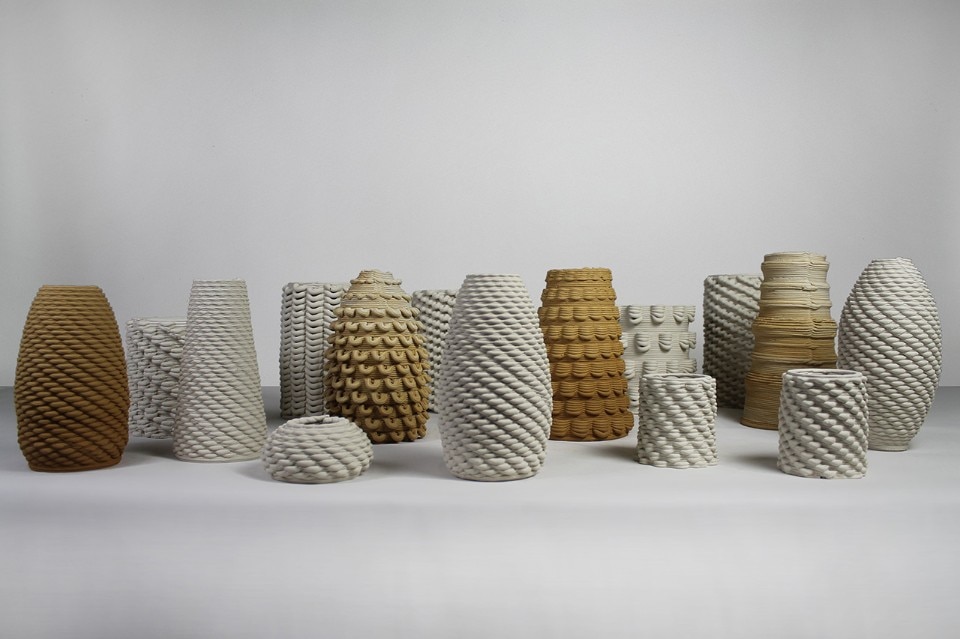
Domusweb: Let’s start with the numbers: how many exhibitors (designers, brands, businesses) will there be this year? How many locations?
Gabriele Cavallaro, Emilio Lonardo: The Isola Design District project is one of the new features of Milan Design Week 2017. Despite being in its first edition though there will be a considerable number of participants. So far, the numbers indicate that there are over 60 designers involved, in a system of around 40 external brands, neighbourhood businesses and independent locations that make up the backbone of the initiative; and thanks to their support we have been able to get a lot of energy behind the development of the project.
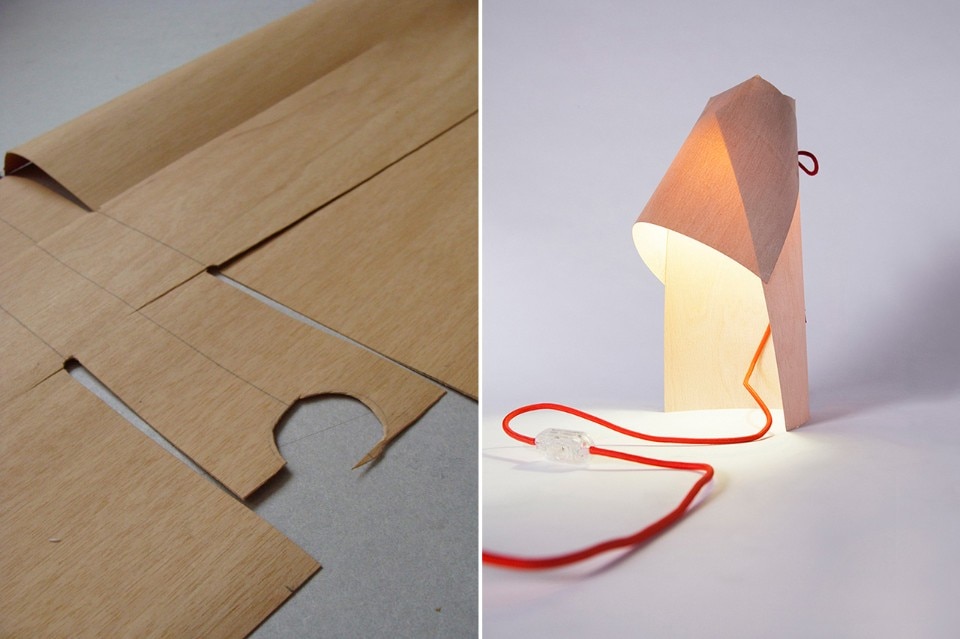
Domusweb: Let’s identify the area: where are the ‘boundaries’ of this district? How big an area does it cover?
Gabriele Cavallaro, Emilio Lonardo: The Isola district is morphologically defined within a fairly compact area with viale Stelvio to the north, via Farini to the west, via Rossellini (continuing into via Sassetti) to the east and via Pepe to the south. This geographical characteristic, that for years has been considered a disadvantage, has enabled the development of a strong network of relationships between people, enabling an ease of dialogue that gives the neighbourhood a sense of community, a bit like a village, a potentially interesting feature when you’re looking at spreading events around the area.
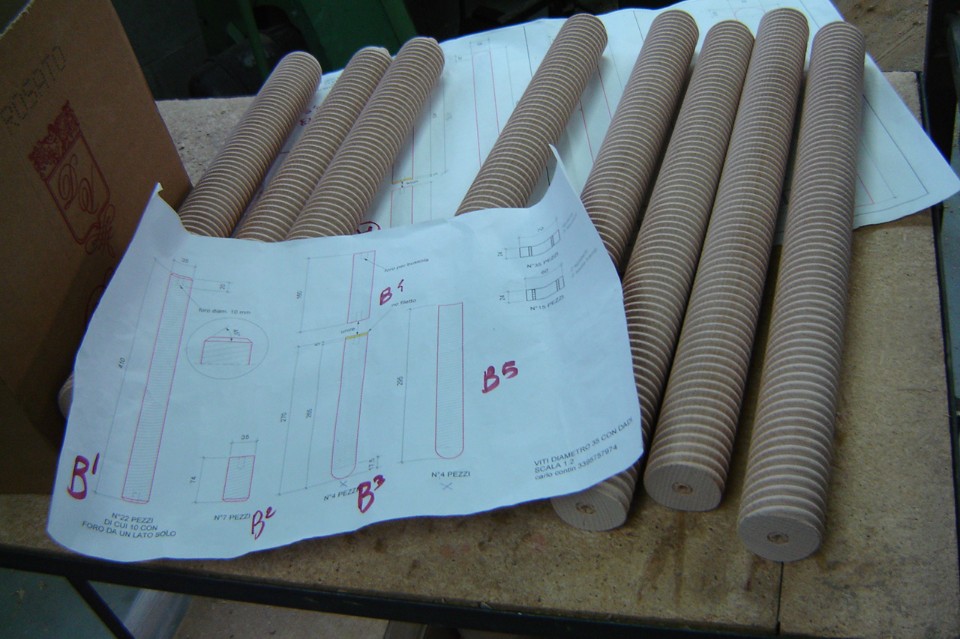
Domusweb: When was the idea of Isola Design District born? Who are the curators? What were the initial ideas and aims?
Gabriele Cavallaro: It all began at last year’s Fuorisalone when, together with my partner Elif and our creative agency Blank, we organised the first edition of Milan Design Market. The event was in a wonderful loft in Porta Romana and involved 18 international designers. One of them was Emilio, who became a close friend and we went on to collaborate in a professional capacity. Moved by the same spirit, we started to conjure up the idea of a new district, thinking about an area of the city where young designers could be given a voice and visibility, an area that was growing but yet to be discovered. Isola seemed like the ideal neighbourhood, offering the opportunity to work with local artisans who have lived there for generations. I lived there for two years and had got to know it quite well. We started from the ground up, going to look for spaces suitable for exhibitions and events. Once we had got people in the area on board, we started to look for designers and considering it was the first edition I have to say that the response was extraordinary. We only have to think that we have almost twice as many exhibitors as the Milan Design Market and thanks to the support of Federica Cristaudo, friend and exhibitor at the first edition who wanted to invest in the second, we managed to take on a larger exhibition space: a photographic studio of 400 mq in the heart of the district.
I got going on the academic front and exploiting my collaboration with the School of Design at the Polytechnic we managed to get sponsorship and organise the contest dedicated to students “Isola Is”, aimed at developing the signage elements that improve the image of the neighbourhood and help people get around.
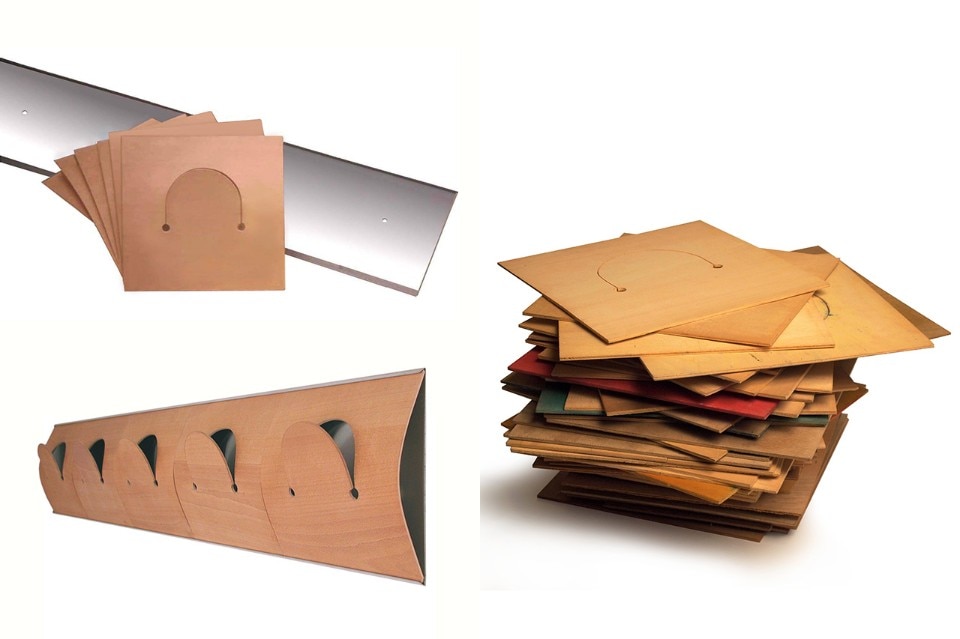
Domusweb: Who are the curators of this year’s edition? Is there a thread that runs through it, a theme, a transversal cultural initiative?
Gabriele Cavallaro: Our agency, Blank is still the overall curator, along with Emilio and key support from Nicola and Giulio Nicoletti (24PR&Events). We have developed a very good programme by getting the right mix of technological experimentation, the revival of lost artisan traditions and international participants, along with more commercial initiatives in such a way as to reach a wide audience. Isola is a multi-faceted neighbourhood, where almost all these aspects exist and what we want to highlight is how the hybridisation of aspects that can seem irreconcilable can instead bring added value. All the communication, starting with the logo, is based on these ideas. The visual identity of the Isola Design District places emphasis on this variety, highlighting the word “is” in the word “Isola” and articulating it according to the characteristics identified within the plan for the district.
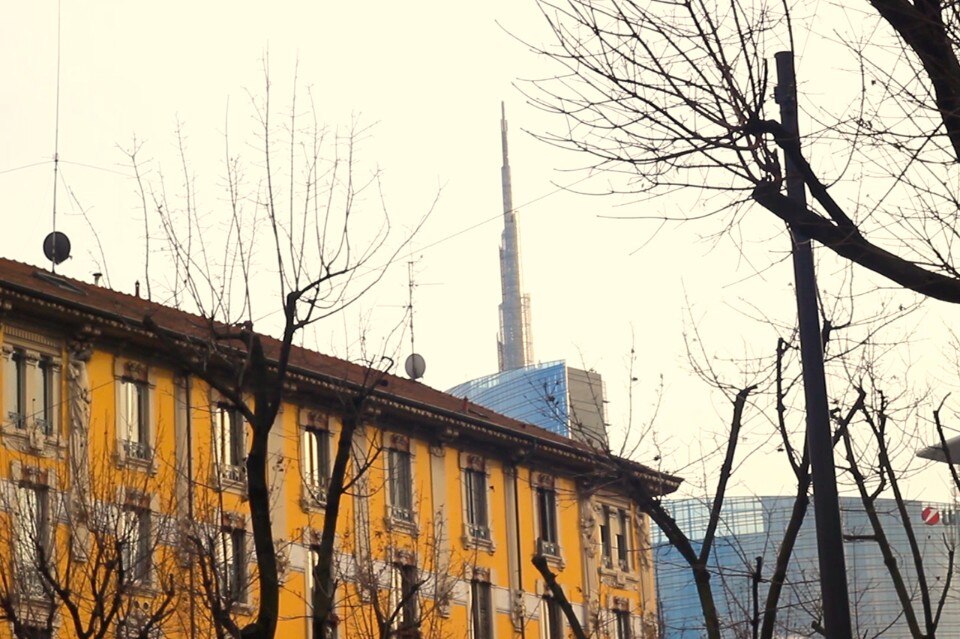
Domusweb: What are the highlights this year: the events not to be missed and the new locations?
Gabriele Cavallaro, Emilio Lonardo:
The top event will be the opening day of the whole district, Tuesday 4 April, when visitors can move from one location to another until late into the evening, with exhibitions, food offers and live exhibitions. On 6 April Off fi will present the toilet-seat made together with Pijama with an event that will be held simultaneously in both stores (via Carmagnola and via Pastrengo). Collectives not to be missed will be at the Spazio O (Dutch Invertuals), at Frida (Source), and the former Galleria Ostrakon (Haigo), as well as the Milan Design Market. Also worth seeing is the chair designed by Kensaku Oshiro for the Nizza restaurant of top chef Keisuke Matsushima.
We also came up with the idea of working with local artisans to create signage totems with guides and maps presented in an alternative way: each artisan taking part has contributed their craft skills to make two elements that follow guidelines given by us that are customised according to the style of each artisan. The result is a series of objects that are similar but different from one another, showing the name of the artisan who made it and the mark “Made In Isola”. These will be located in different places around the area.
Domusweb: What kind of audience do you think this neighbourhood will attract?
Gabriele Cavallaro, Emilio Lonardo: We are aimed at the most curious “design addicted”, international visitors and anyone looking to discover a new area and the up-and-coming designers that will fill it during that week. Then Isola is in itself a lively area, full of restaurants and bars that are packed until late at night all the year round and will be ready to welcome everyone.
Domusweb: Is there a marketing campaign? Who is behind it?
Gabriele Cavallaro, Emilio Lonardo: We are running the marketing campaign ourselves, it has already begun and is being developed mostly on social media. Along with this, paper maps and guides have been created to convey information about the area more directly during a week that is going to be jammed with media coverage. Thanks to the help of our press office run by Laura Basso and Valentia Rizzotti and the guys from 24PR&Events we have extended our range of action. Together with Francesco Piccolo and Daniele Gioia of Coco Produzioni meanwhile, we have made a teaser video and we are already working on a second short film that will have the job of describing the whole experience of the first edition of the district.
Domusweb: Do you have any suggestions for our readers about how to survive the Fuorisalone, how to get the best out of it?
Gabriele Cavallaro, Emilio Lonardo: The Fuorisalone expands with each edition and there are more and more events making it humanly impossible to visit everything. From this point of view, Isola is in a strategic position. We are the first district that you reach coming from Rho, thanks to the railway link that connects the Fiera with the area in 15 minutes, and there are also direct connections to all the other quarters. So our advice is definitely to start here and then go on to discover what else Design Week has to offer!
4 – 9 April 2017
Isola Design District


